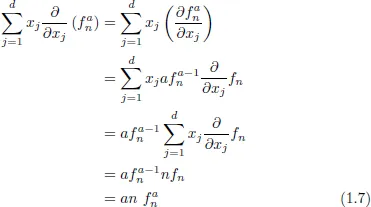
Hyperspherical Harmonics and Their Physical Applications
James Emil Avery, John Scales Avery;;;
- 300 páginas
- English
- ePUB (apto para móviles)
- Disponible en iOS y Android
Hyperspherical Harmonics and Their Physical Applications
James Emil Avery, John Scales Avery;;;
Información del libro
-->
Hyperspherical harmonics are extremely useful in nuclear physics and reactive scattering theory. However, their use has been confined to specialists with very strong backgrounds in mathematics. This book aims to change the theory of hyperspherical harmonics from an esoteric field, mastered by specialists, into an easily-used tool with a place in the working kit of all theoretical physicists, theoretical chemists and mathematicians. The theory presented here is accessible without the knowledge of Lie-groups and representation theory, and can be understood with an ordinary knowledge of calculus. The book is accompanied by programs and exercises designed for teaching and practical use.
--> Contents:
- Preface
- Harmonic Functions
- Generalized Angular Momentum
- Gegenbauer Polynomials
- Fourier Transforms in d Dimensions
- Fock's Treatment of Hydrogenlike Atoms and Its Generalization
- D-Dimensional Hydrogenlike Orbitals in Direct Space
- Generalized Sturmians
- Choosing Appropriate Hyperspherical Representations
- Molecular Integrals from Hyperspherical Harmonics
- Lagrangians for Particles and Fields
- Coordinate Transformations for N Bodies
- Some Illustrative Examples
- Appendices:
- The D-Dimensional Harmonic Oscillator
- Molecular Integrals for Slatertype Orbitals
- Bibliography
- Index
-->
--> Readership: Scientists and researchers in theoretical physics, theoretical chemistry, and mathematics. -->
Keywords:Harmonic Functions;Reactive Scattering Theory; Nuclear Physics;Gegenbauer Polynomials;Generalized Sturmians;Slatertype OrbitalsReview: Key Features:
- Exercises are included at the end of each chapter
- The e-version of the exercises and solutions can be found in the supplementary tab
Preguntas frecuentes
Información
Chapter 1
HARMONIC FUNCTIONS
1.1Definitions













